%20(1).png)
A portable oxygen concentrator is a medical oxygen device used to treat respiratory illnesses such as chronic obstructive pulmonary disease (COPD) and cystic fibrosis (CF). Unlike other oxygen machines like oxygen tanks or stationary oxygen concentrators, portable oxygen concentrators are designed to be lightweight, efficient, and provide the patient with as much freedom as possible while still ensuring their oxygen needs are met. If you’ve never purchased an oxygen machine before or you’re looking for an upgrade to your current device, you’re probably trying to find a good starting point.
Oxygen concentrators are fairly complex and as such, there are a lot of factors to take into consideration including oxygen output, battery life, weight, size, and design. While all of this information is out there on the web, you may find it challenging to consolidate your findings and make an educated decision about your oxygen needs. In the past, we’ve provided oxygen patients with a number of helpful resources such as this guide which covers the highest performing concentrators of 2021 or this post where we discuss the lightest portable oxygen concentrators of the year.
To provide you with even more resources for choosing a portable oxygen concentrator in 2021, we’ve created a comprehensive guide that covers the process of choosing a POC from start to finish. After reading this guide, you’ll know exactly what to look for in your new oxygen machine and after it arrives at your door, you’ll feel much more confident about the decision you’ve made. Keep reading to get started, and if you have any questions for us, be sure to fill out the contact form at the side of the page. A respiratory specialist will reach out to you shortly to answer any questions you may have.
{{cta('fa8abc2a-1e88-4fa3-82fd-1cb5b9ed43b2','justifycenter')}}
Why Use a Portable Oxygen Concentrator?
The first question you’re likely wondering about portable oxygen concentrators is, “why should I use one?” This is a valid question because there are many oxygen machines on the market such as oxygen tanks, portable oxygen cylinders, home oxygen concentrators, and more. Each of these has its pros and cons, but in general, portable oxygen concentrators will provide you with the greatest value and serve you best in the long term.
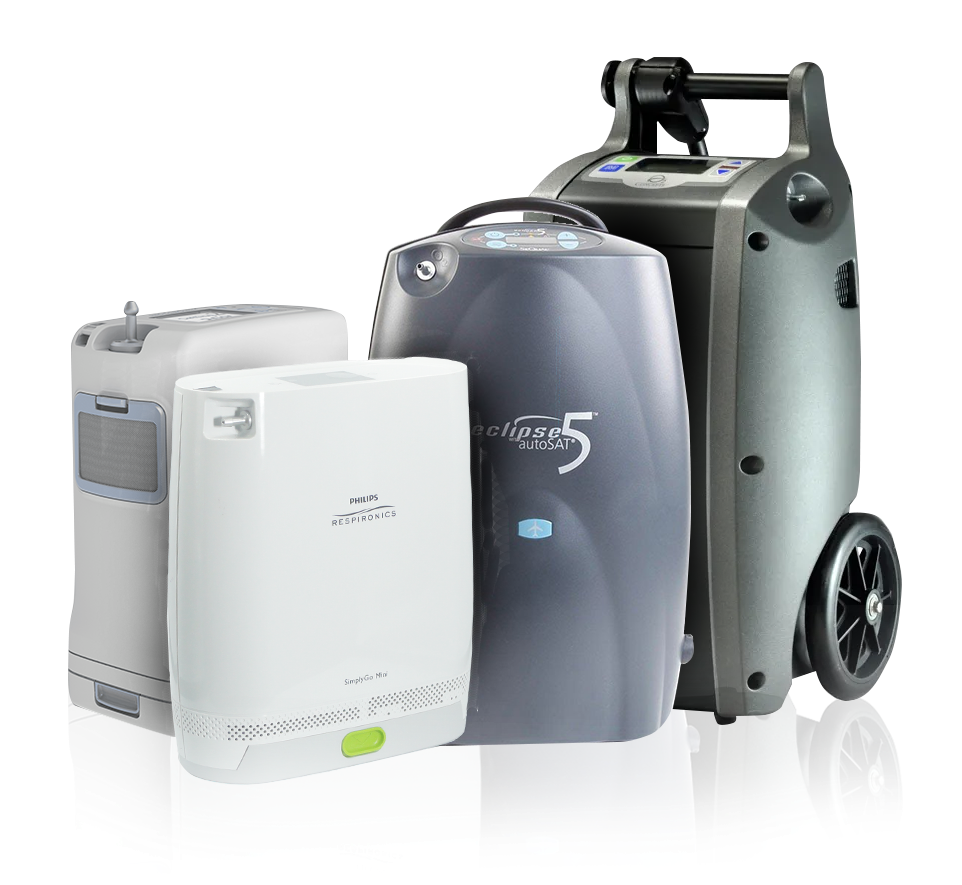
Several decades ago, you weren’t likely to find many options when it came to medical oxygen. Before the 1970s, oxygen patients had to rely on bulky, heavy, and dangerous oxygen tanks, some of which could weigh in excess of 100 lbs. At the turn of the century, home oxygen concentrators and portable oxygen concentrators became the dominant source of oxygen for many patients. Liquid oxygen cylinders also became popular because they could hold more oxygen than a compressed oxygen tank and they could be carried in most places.

Fast forward 20 years and you’ll find that POCs are the preferred choice for most oxygen patients. As they’ve become more powerful, lighter, and their battery life has increased, there are fewer and fewer reasons to purchase or rent an oxygen tank. Stationary oxygen concentrators still work great, but they usually cost as much as portable units meaning they’re almost entirely obsolete unless you can find a great deal on a used or refurbished one.
Pulse Flow vs. Continuous Flow
Now that you’ve established you need a portable oxygen concentrator in favor of other medical oxygen machines, it’s time to decide between pulse flow and continuous flow. A continuous flow oxygen concentrator is one that puts out a steady stream of oxygen like a water fountain. All oxygen tanks are continuous flow unless they have something called an oxygen conserver which attaches to the top of the unit. A pulse flow oxygen concentrator, on the other hand, has additional technology in it that detects your breathing and only puts out oxygen when you inhale.

Since pulse flow units don’t need to put out as much oxygen, manufacturers are able to make them much smaller and lighter. An average pulse flow portable oxygen concentrator will weigh around 5 to 6 pounds whereas the average continuous flow portable oxygen concentrator will weigh 10 pounds or more. Each type of concentrator has comparable oxygen output, but your doctor may advise that you use one in favor of another. It should also be noted that many continuous flow POCs like the Oxlife Independence allow you to switch between continuous flow and pulse flow.
.png)
Ultimately, pulse flow will be the way to go for most oxygen patients. These POCs are light enough to carry on your shoulder, easy to use, and some can even provide up to 16 hours of battery life on one charge!
What Are the Best Portable Oxygen Concentrator Brands?
Brand is an incredibly important thing to consider when you first purchase a portable oxygen concentrator. For better or worse, we live in a time where eCommerce is king. What this means for the consumer is that it’s harder to simply walk into a store and test a product before you buy it. As a result, you need to have faith in the brands that you work with.

When it comes to portable oxygen concentrators, companies like Inogen, Respironics, AirSep, Caire Inc., ResMed, GCE, and SeQual Technologies are some of the most reputable oxygen manufacturers in the industry. If you encounter an oxygen retailer who offers products from a brand other than the ones listed above, you should thoroughly research them before buying a portable oxygen concentrator from them.
It’s illegal to sell a medical oxygen device without first verifying oxygen use, so oxygen concentrators listed on sites like eBay or Amazon either aren’t approved for medical use or the vendor is breaking the law. Always purchase portable oxygen concentrators from verified POC distributors like LPT Medical. When you contact us, you will always be asked for proof of oxygen use, so it helps to have your doctor’s phone number handy so we can take care of this as quickly as possible.

Another important distinction to make is the difference between recreational and medical oxygen. Recreational oxygen is used for things like scuba diving, hiking, or other outdoor activities. Some people would claim that recreational oxygen use improves respiratory performance but others believe it’s a fad. Medical oxygen, on the other hand, usually has between 90% and 96% purity rating, much more than in recreational oxygen.
{{cta('b59df0c1-c4de-47a8-8e1c-0d33d4b414aa','justifycenter')}}
Portable Oxygen Concentrator Specifications
No portable oxygen concentrator was created equal when it comes to specifications. Aside from choosing the right brand, you need to examine each spec to ensure that the POC you’re getting fits your needs and your lifestyle. Most oxygen retailers list product specs on their product page, but if you can’t find what you’re looking for, try Googling the name of the oxygen concentrator followed by the word “manual.” In the results, you should see a PDF for the unit you’re interested in. Read through this to find information about its oxygen output, battery life, weight, and more. Alternatively, you can contact one of our respiratory specialists here at LPT Medical and we’ll answer any questions about your POC of choice.
Oxygen Output
Hands down the most important aspect of your portable oxygen concentrator is its total (maximum) oxygen output. Unlike oxygen tanks that offer virtually any oxygen setting you want, pulse flow portable oxygen concentrators are limited by the size and efficiency of their compressor. There are pulse flow units on the market that range anywhere from 300 ml/min to 1,260 ml/min and they range anywhere from 2 to 6 different pulse flow settings. Most oxygen patients require at least 400 ml/min which is usually a setting of 2 or 3 on most POCs.

Before purchasing any portable oxygen concentrator it’s important to clearly understand your oxygen needs. Next time you go to the doctor or pulmonologist, ask him/her the following questions:
- How long do I need to use oxygen each day?
- Should I use my oxygen concentrator while sleeping?
- Should I use pulse flow or continuous flow oxygen?
- What are my oxygen needs? (milliliters per minute and liters per minute)
As you ask your doctor these questions, be sure to write them down along with your doctor’s personal phone number or the number of the doctor’s office. When you go to purchase a portable oxygen concentrator, you can simply provide your respiratory specialist with the number so they can verify your oxygen use.
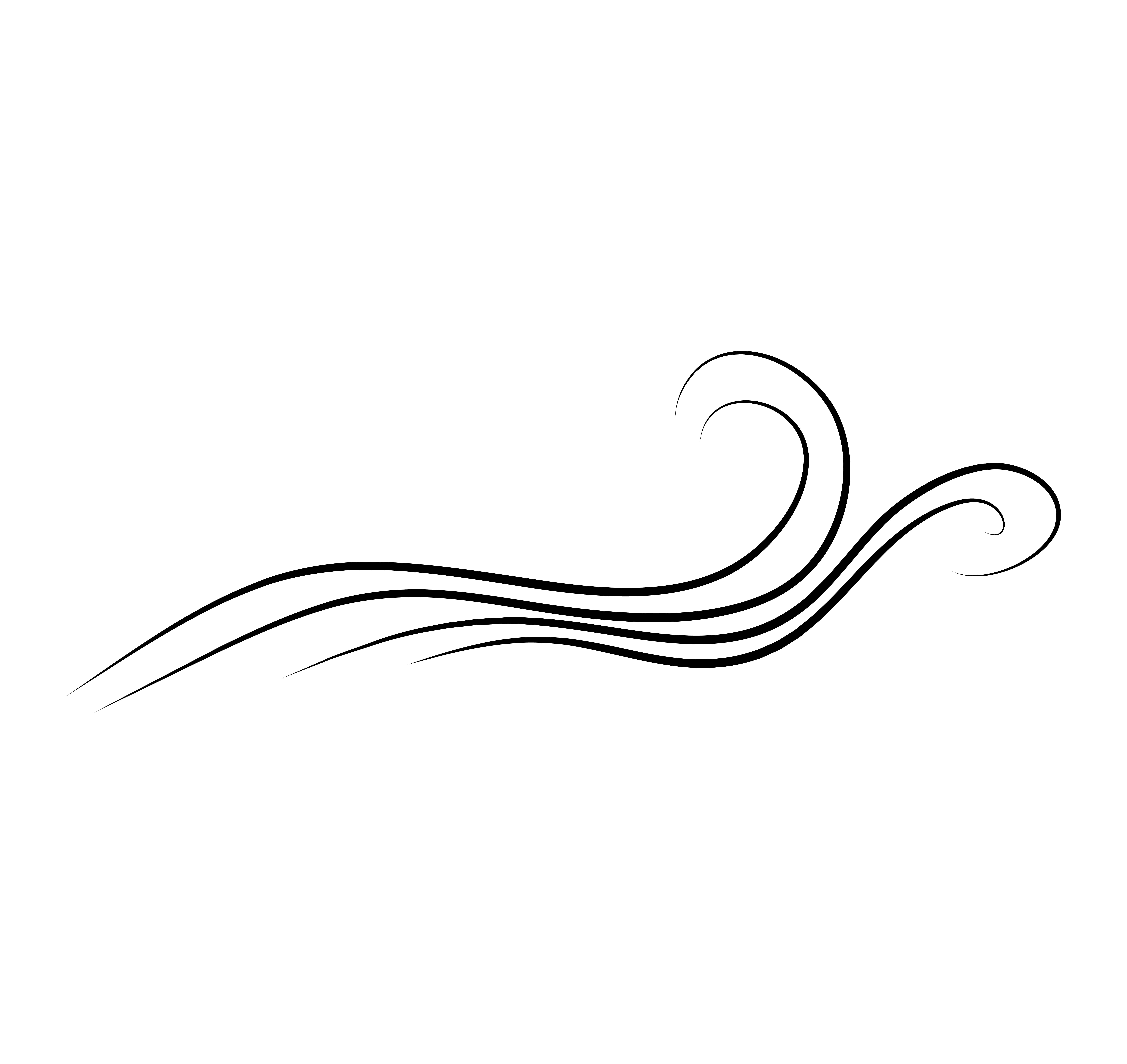
Another thing to note about maximum oxygen output is that you want to have room to move up. COPD is a progressive disease meaning it gets worse as time goes on. So, for example, if your doctor says you need 400 ml/min of oxygen, it would be wise to invest in a concentrator that’s capable of putting out 600 or 700 ml/min of oxygen — the same applies to continuous flow concentrators.

Battery Life
For the majority of oxygen patients, battery life is the second most important aspect of a portable oxygen concentrator. After all, a POC that can only run for an hour without needing to be charged doesn’t really offer much portability at all, and at the end of the day, you may feel that you have less freedom than you did with your oxygen tank.
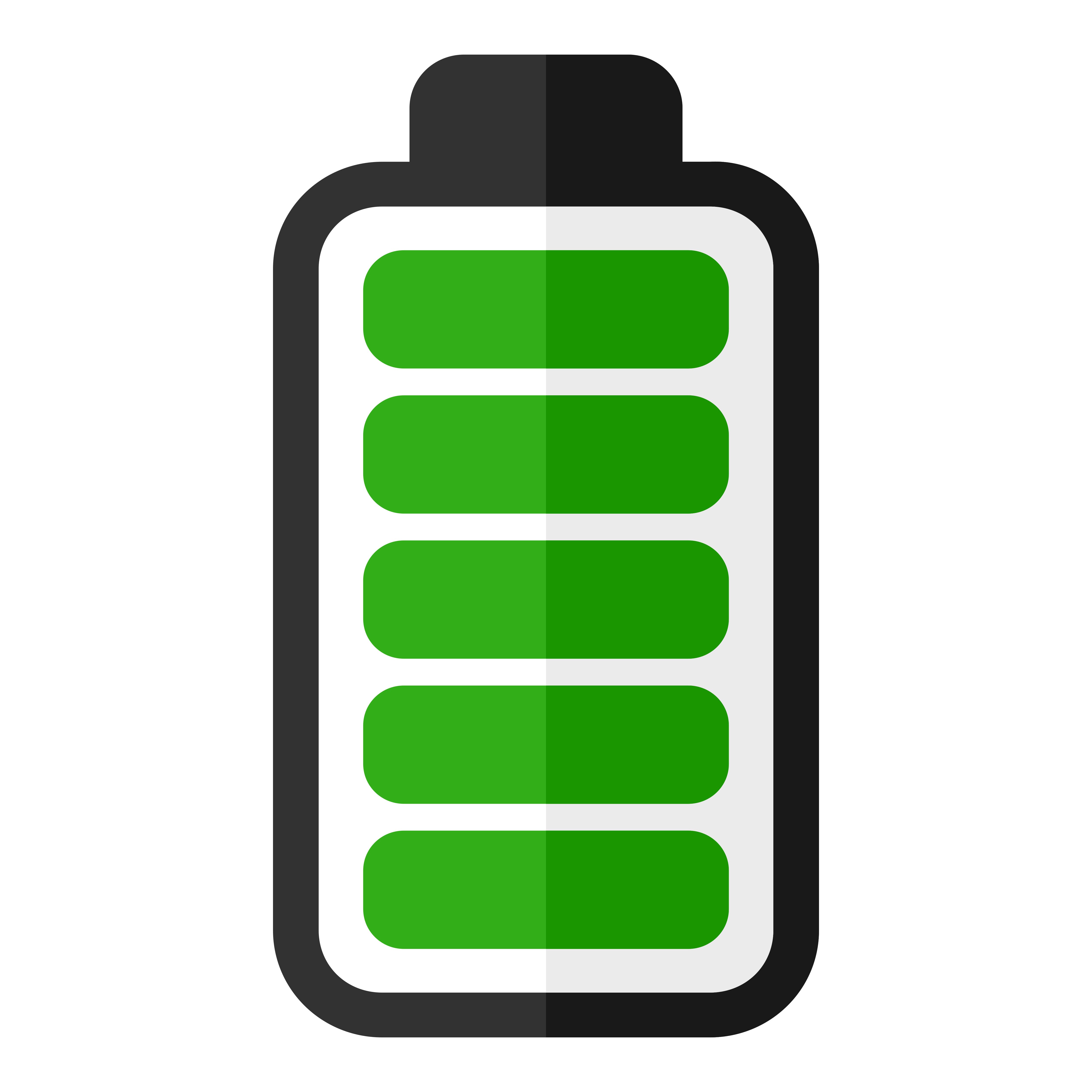
Most portable oxygen concentrators use what’s called lithium-ion batteries. These types of batteries have been used primarily in electronic devices like cell phones, laptops, and tablets since the 1990s. The reason they’re so popular is because they’re eco-friendly, lightweight, and most importantly, powerful. Since portable oxygen concentrators have both electrical and mechanical components, it’s important that the batteries are as efficient as possible in order to keep people out and about longer.
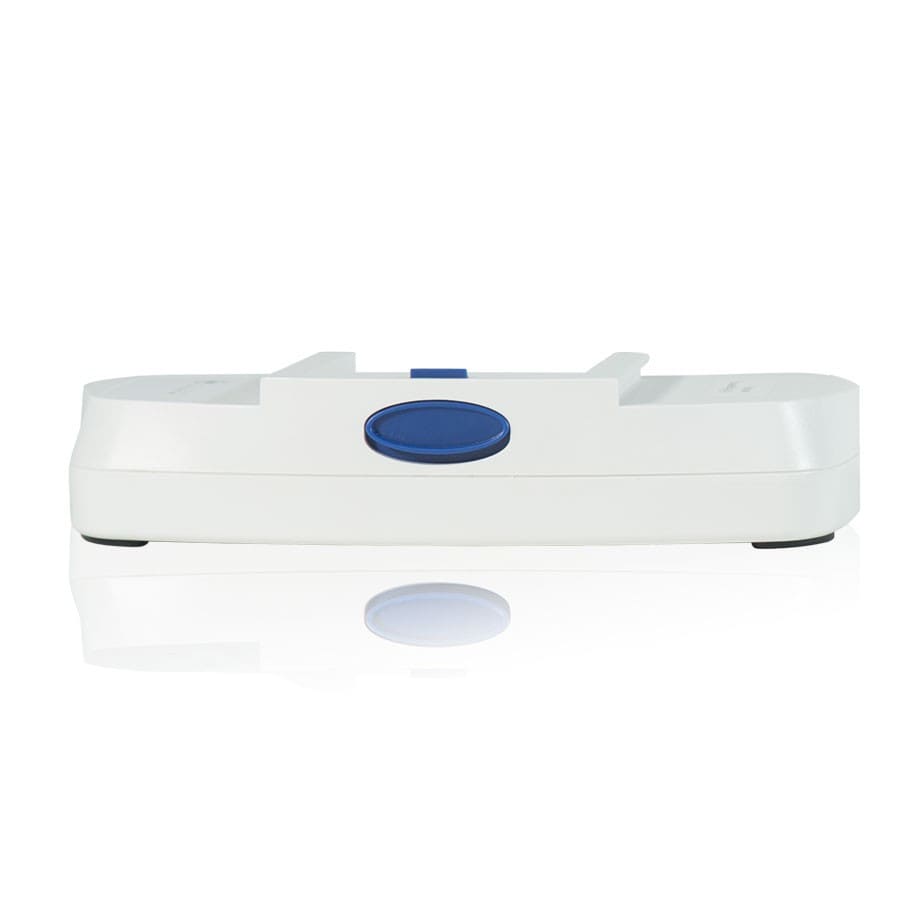
Portable oxygen concentrators vary widely in terms of battery life. POCs like the Caire Freestyle Comfort and Inogen One G5 offer upwards of 13 hours of battery life on one charge, however, ultra-lightweight POCs like the AirSep Focus only hold a couple of hours of battery life on one charge. Continuous flow portable oxygen concentrators also tend to provide less battery life because they put out more oxygen than pulse flow units do.
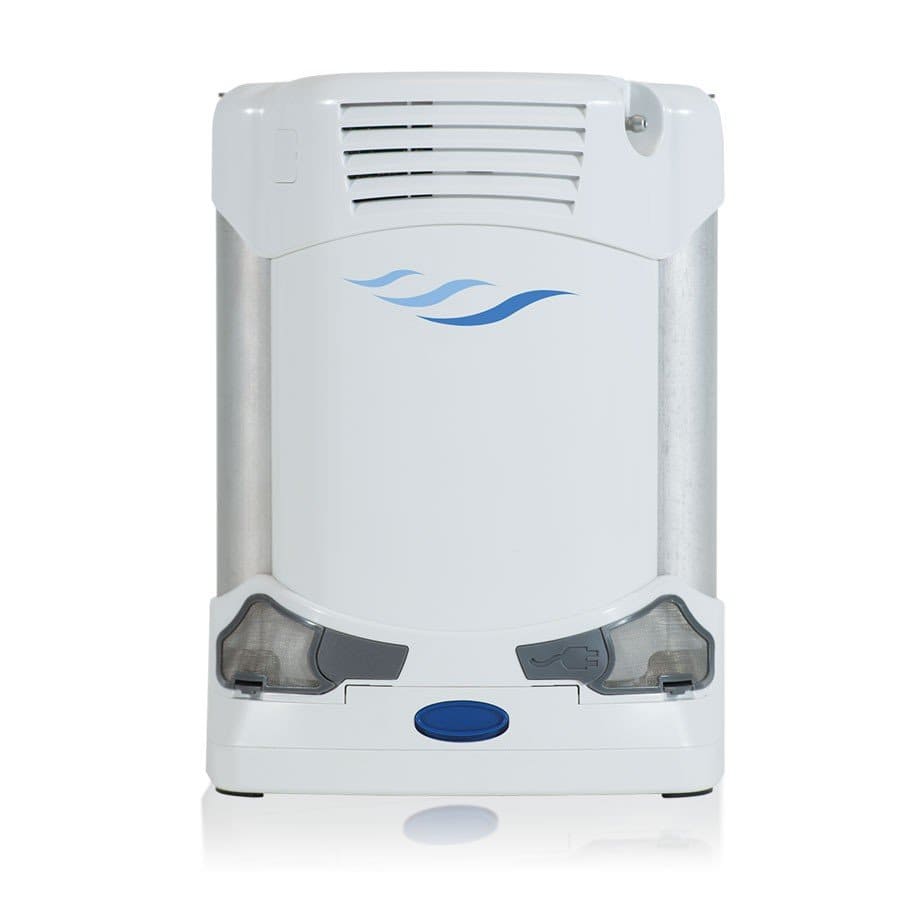
If you don’t mind sacrificing some weight for extra battery life, you may want to invest in portable oxygen concentrator accessories like the G5 backpack. Rather than having to carry your extra batteries in your hand or a separate bag, this will enable you to carry everything in one place. Once you’re ready to swap out your batteries, you’ll have everything in the same place, ready to go.

Weight
As we get older, our ability to carry heavy things diminishes. What’s more, many people, young and old suffer from back pain, so carrying around a 10-pound oxygen tank is simply not an option for many people. With that being said, you may be surprised to know that there are portable oxygen concentrators as light as 1.75 pounds! What this means is that even people with scoliosis or other conditions that affect the back and shoulders can still experience the freedom of having oxygen on the go.

Another reason to invest in a light portable oxygen concentrator is that you’ll be able to carry more personal belongings. Whether you simply want to get out and go for a walk or you’re planning a trip or vacation, it’s always nice to be able to carry personal items like your cell phone, wallet, keys, or a camera. Unfortunately, anything over 6 pounds or so will likely cause you some struggle. What’s more, continuous flow POCs are typically over 10 pounds and need to be rolled behind you using a cart, so these will be off-limits to you if you do a lot of traveling.
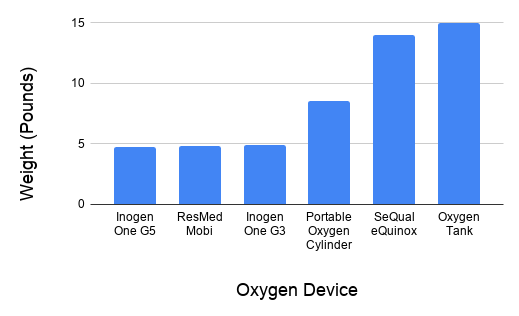
Size
In this day and age, most people expect their electronic devices to be small and easy to carry. As computers get smaller, we’re able to have more power in the palm of our hands than ever before — this is no different when it comes to portable oxygen concentrators.
Before the 1970s compressed oxygen tanks were the only means of oxygen delivery. These tanks were not only bulky and oversized, but they had an awkward shape to them that made them difficult or impossible to transport. As the need for portable oxygen arose, people began to realize that a different type of oxygen delivery would be needed. Oxygen concentrators became popular around this time because they have an infinite source of oxygen as long as there’s a battery for it to run on. As batteries improved, oxygen concentrators improved with them.
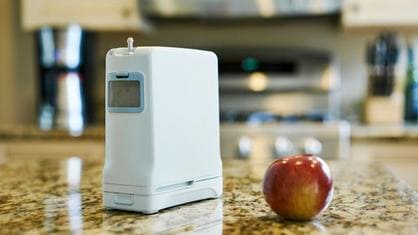
The two smallest portable oxygen concentrators currently on the market are the Inogen One G4 and the AirSep Focus, both of which are small enough to fit in a purse! While we don’t recommend purchasing a POC solely based on its size, the benefits of small portable oxygen concentrators are undeniable. You’ll be able to hold the device at your side more easily, store it in tight areas, and take it into crowded areas such as public transportation without bumping into people.
{{cta('43b79c5e-6bd6-4f02-ac27-2d038d20c146','justifycenter')}}
Sound Level
Typically, one of the first questions people have when transitioning from oxygen tanks is “do portable oxygen concentrators make noise?” The answer to that question is “yes.” However, chances are, they make a lot less noise than you think they do. In general, oxygen concentrators range in noise emission from around 37 decibels (dBA) to around 50 dBA, but most pulse flow portable oxygen concentrators are around 40 dBA or below. To put this into perspective, this is about the noise level of a quiet conversation or whisper even.
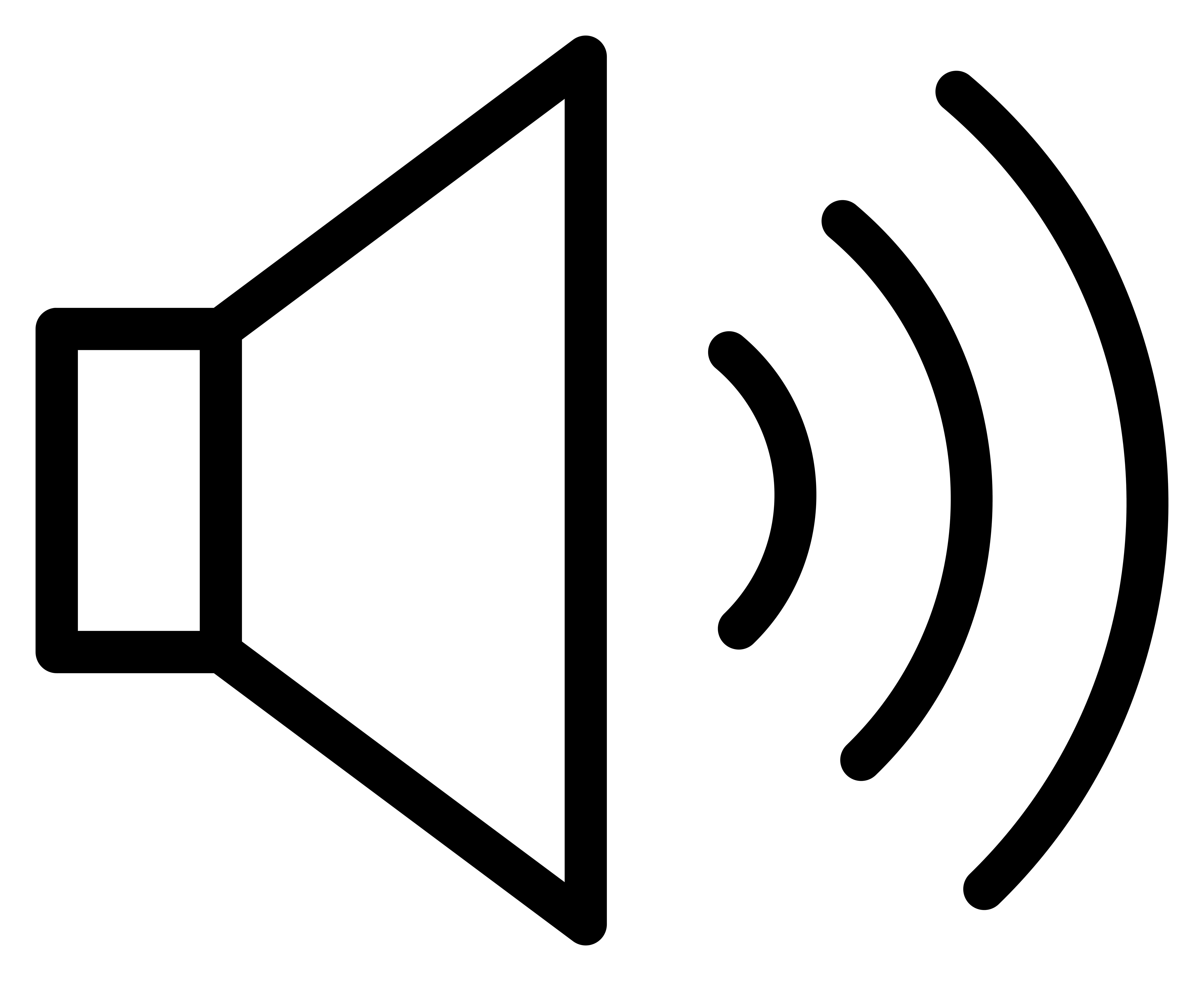
In the grand scheme of things, using a portable oxygen concentrator will afford you the same freedom as an oxygen tank. You’ll still be able to go to church, a quiet library, or see a movie without disturbing anyone. However, it’s important to note that many POCs have something called audible alerts. These are beeps and other sound effects that notify you when your oxygen machine is low on battery or it’s in need of some other type of maintenance. It’s a good idea to turn these notifications off before you go anywhere in order to avoid any disturbances. If you don’t know how to do this, be sure to consult your user manual or speak with a respiratory specialist.

Warranty
A warranty is a written agreement that the oxygen manufacturer will repair or replace an oxygen unit within a given amount of time. Many electronic devices have warranties available for them and they’re a great way to protect your purchase in the event that you drop it or something malfunctions unexpectedly. Due to the reliability of modern portable oxygen concentrators, most reputable brands like Inogen, AirSep, Caire, and GCE will offer a free 3-year warranty that comes with the purchase of the device. Most of them will allow you to extend to a 4- or 5-year warranty for a set charge.
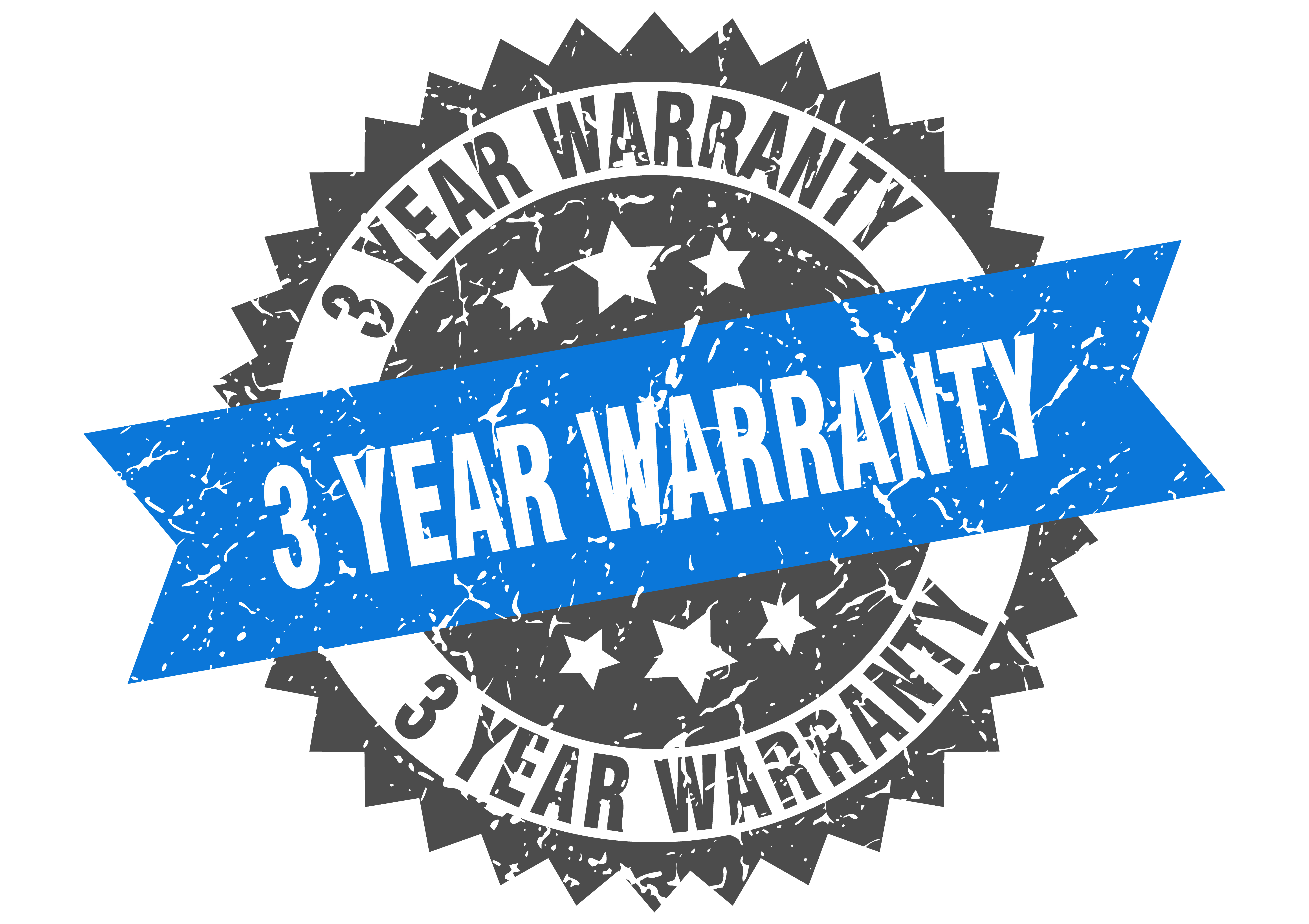
It’s not common for manufacturers to give out free warranties on their devices, especially one as long as 3 years. If they ever have to replace the machine entirely, they may be doing it at a loss, so the fact that they give such a great warranty is a sign that the oxygen device is extremely reliable and the manufacturers themselves have a lot of confidence in it. However, no matter if your POC malfunctions on its own or you dropped it, you’ll rest easy knowing you have that safety blanket.
FAA Approval
The Federal Aviation Administration (FAA) oversees all safety regulations pertaining to in-flight oxygen use. In the past, there was no such thing as an “FAA Approved oxygen device” because oxygen tanks were too bulky and dangerous to use on a plane. However, since the early 2000s, the majority of portable oxygen concentrators have been approved for in-flight use. What’s more, the United States Department of Transportation (DOT) ruled that on flights of more than 19 seats, air carriers must allow those with disabilities to use FAA approved portable oxygen concentrators.
.jpg)
When it comes to flying comfortably and with ease, pulse flow portable oxygen concentrators are the way to go. As opposed to continuous flow units that can weigh upwards of 20 pounds, pulse flow devices can easily be moved around or stored under the seat for takeoff and landing. If you need to get up during the flight to go to the bathroom, you’ll be able to walk down the aisle without bumping into anyone. Although most continuous flow POCs are FAA approved, you’ll have a much harder time trying to travel with one especially when it comes to flying.
Additional Features
At this point, you’re probably wondering “what else could portable oxygen concentrators possibly offer?” Fortunately, several oxygen manufacturers have gone above and beyond when it comes to providing you with the best device for managing your condition. The Inogen One G5 is one example with its new Inogen Connect application. When you download it onto your smartphone or tablet, you can connect it to your Inogen One G5 via Bluetooth and see up-to-date information about its battery life, column status, and much more.

Another example is the CAIREView™ Telehealth Technology which comes equipped with each Freestyle Comfort POC device. Telehealth technology is defined as a device that enables patients to receive health-related services through a digital medium. CAIREView keeps track of important information on your machine like oxygen usage, flow setting, as well as device integrity and relays this information to the oxygen manufacturer so they can ensure you’re using the machine properly. What’s more, they can even troubleshoot minor issues remotely so you don’t have to send it in to have it repaired.
Conclusion
Choosing a portable oxygen concentrator isn’t always easy especially if you’ve never bought one before. Above all else, you need to make sure that your POC meets your oxygen needs, is light enough to carry, and provides you with a long battery life. Pulse flow POCs tend to meet these standards more easily because they are more technologically advanced than their continuous flow counterparts.
Secondly, you should take other factors into consideration such as sound level, warranty, FAA approval, and additional features. This will allow you to pinpoint a POC that matches your lifestyle that you will enjoy for years to come. If you have any questions about anything you read here, you can feel free to reach out to one of our respiratory specialists who will ensure you get the POC you want and need. Fill out the contact form at the side of the page to get started.

